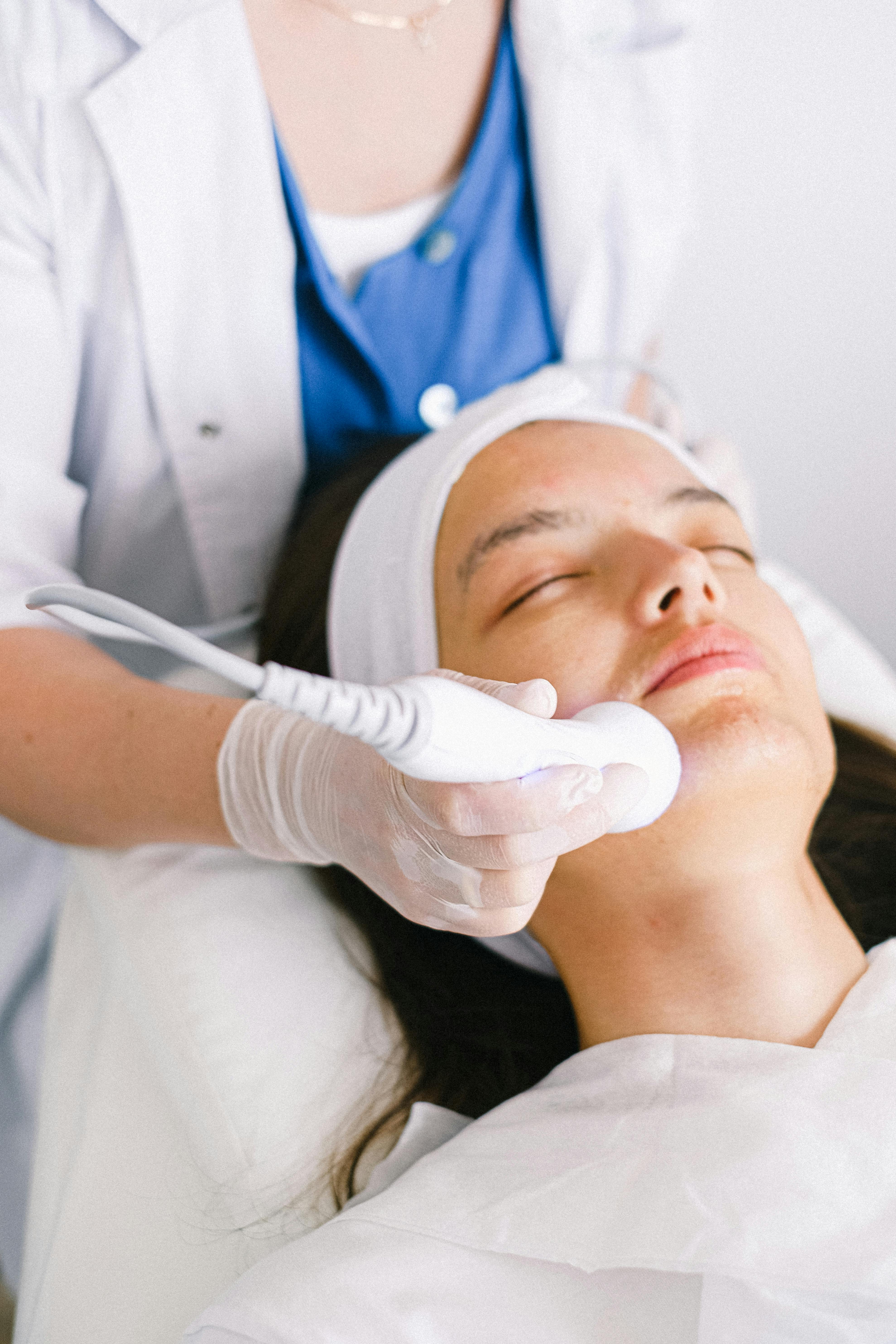Eyebrow Transplant: Cosmetic Procedure, Surgery, and What to Expect
Eyebrow transplants have become a reliable option for people seeking to restore natural-looking brows lost to genetics, aging, medical treatments, or over-plucking. This article explains how eyebrow transplant techniques work, what a cosmetic procedure entails, when surgery is appropriate, and how to choose local services for safe, satisfying results. The goal is to give clear, practical information so you can make informed decisions about brow restoration.

This article is for informational purposes only and should not be considered medical advice. Please consult a qualified healthcare professional for personalized guidance and treatment.
What is an eyebrow transplant?
An eyebrow transplant is a targeted hair-restoration technique that moves hair follicles—usually from the scalp—to the eyebrow area to recreate or thicken brows. Surgeons typically use follicular unit transplantation (FUT) or follicular unit extraction (FUE) adapted for the delicate eyebrow shape. The procedure focuses on matching hair direction, density, and angle to mimic natural eyebrow growth, producing a long-lasting result because transplanted follicles behave like the donor hair.
Is a cosmetic eyebrow procedure right for me?
Candidates for this cosmetic option include people with thin, patchy, or absent eyebrows due to genetics, scars, burns, hormonal changes, or medical therapies. Good candidates are in general good health, have realistic expectations, and sufficient donor hair (often from the back of the scalp). Temporary hair loss or conditions that could affect healing should be evaluated and treated before considering surgery. A thorough consultation with a qualified specialist will determine suitability and help plan a natural-looking eyebrow design.
What does the procedure involve?
A typical eyebrow procedure begins with designing the brow shape with the patient. Local anesthesia or sedation is commonly used. For FUE, individual follicles are harvested and implanted one by one to control angle and density; FUT involves a small strip harvest that is then dissected into grafts. The process can take several hours depending on the number of grafts. Post-procedure care includes keeping the area clean, avoiding strenuous activity for a few days, and following instructions on topical care. Initial hairs usually fall out and regrow within months as transplanted follicles enter a normal growth cycle.
When is surgery recommended?
Surgery is recommended when non-surgical options—such as topical treatments, makeup, microblading, or eyebrow prosthetics—do not meet a patient’s goals or when permanent restoration is desired. Surgery is also favored for repairing scars or replacing hair lost after medical treatments when donor hair is available. Because surgery carries risks like infection, scarring, or uneven growth, it is generally reserved for those who have explored less invasive cosmetic choices and have a clear, long-term objective for natural-looking brows.
Finding local services for an eyebrow transplant
Choosing local services requires research. Look for board-certified plastic surgeons, dermatologic surgeons, or hair restoration specialists with specific experience in eyebrow transplant surgery. Review before-and-after photos, verify clinic accreditation, and read patient reviews that describe outcomes and follow-up care. During consultations, ask about the surgeon’s technique for achieving fine angulation, expected graft numbers, anesthesia plan, and post-op regimen. Also confirm the clinic’s infection-control practices and availability of follow-up appointments to manage healing.
Conclusion
An eyebrow transplant can provide a durable, natural-looking solution for brow loss when performed by experienced specialists using appropriate techniques. Understanding what the cosmetic procedure involves, realistic candidacy factors, surgical considerations, and how to evaluate local services will help you weigh the benefits and risks. Consultation with a qualified clinician remains essential to tailor a safe plan that matches your aesthetic goals and medical needs.






